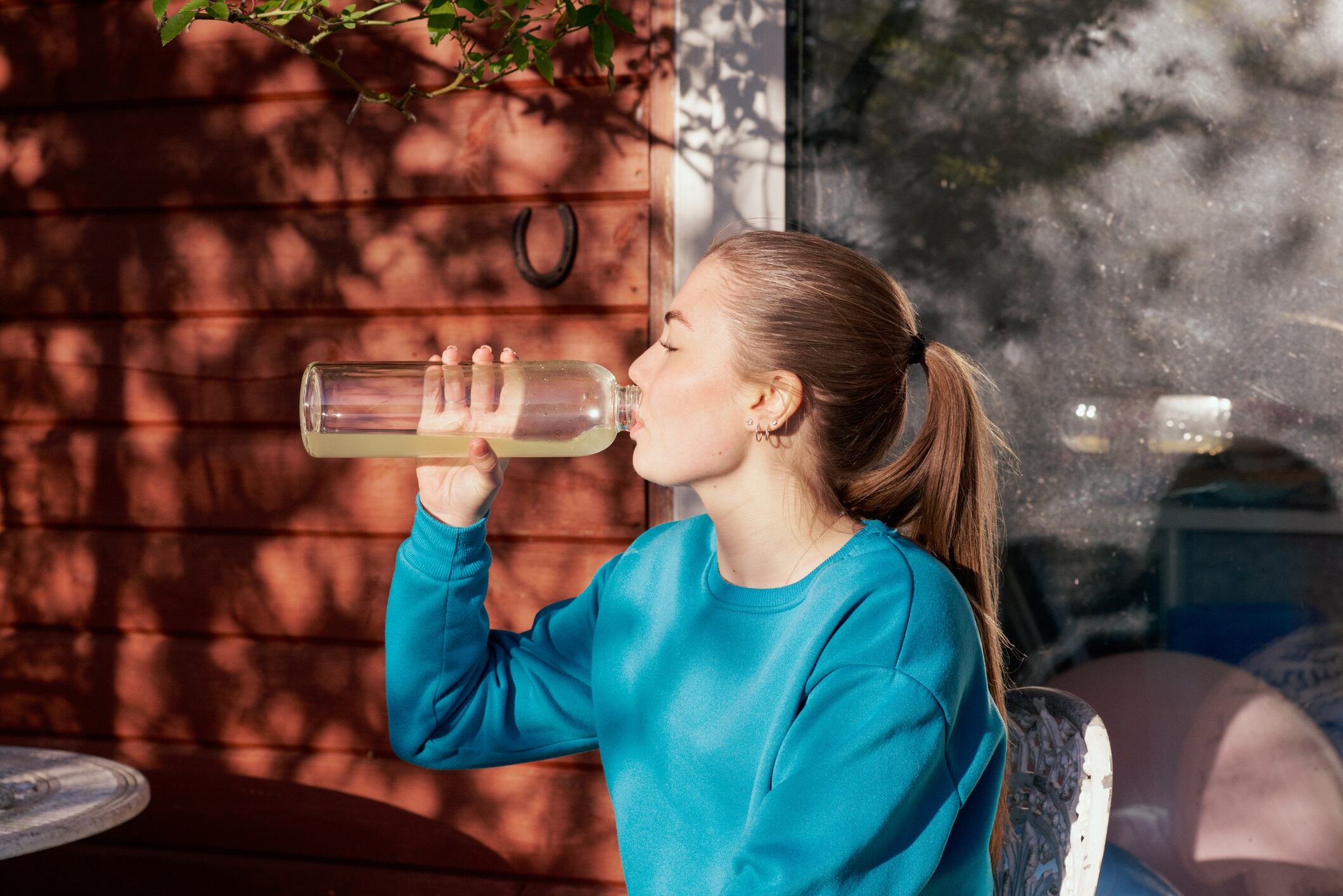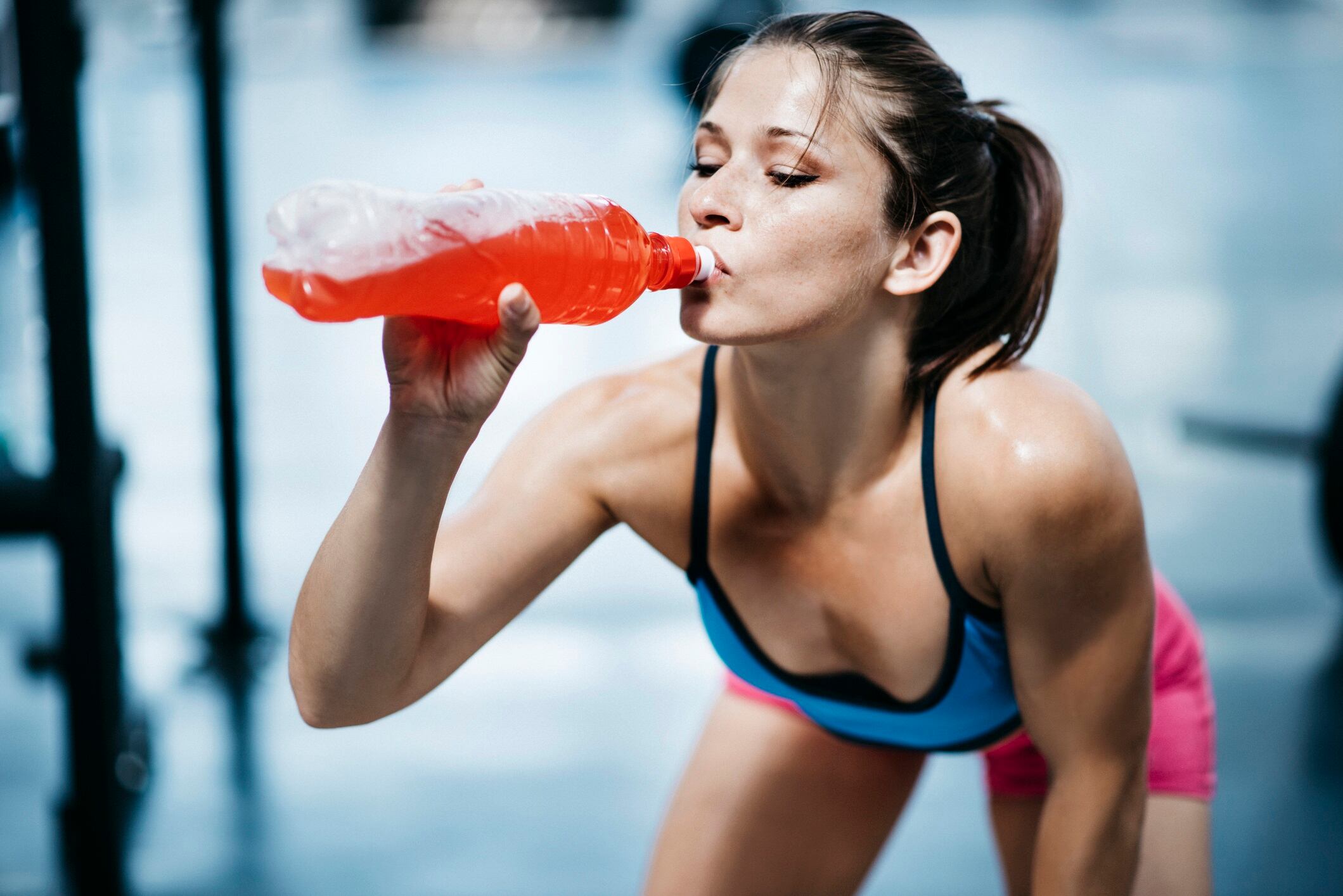Electrolytes in the spotlight
- Electrolytes gain mainstream momentum
- Wellness crossover boosts consumer interest
- Brand innovation positions electrolytes as daily essential
- Market value tops $46bn
- Explored as hydration support for GLP-1 users
Electrolytes are the new super trend in sports nutrition.
And yes, we’re aware they’ve been around for years. But recent months have seen them break out of the professional sports arena and enter into the mainstream.
From casual runners to the ultramarathon addicts, electrolytes are now a must-have for fitness enthusiasts at all levels.
“Dehydration is a heavy hitter when it comes to athletic performance,” says Rayven Nairn, a dietitian with the Johns Hopkins University Student Health and Wellness Center.
Nairn goes on to say that running low on water and electrolytes can affect athletic performance, endurance, breathing and mood. So it’s little wonder that fitness fans are flocking to get their hands on them.
What are electrolytes?
Electrolytes are minerals. They are essential to a range of bodily functions, including nerve and muscle function, fluid balance, and maintaining the body's acid-base balance.
Common electrolytes include sodium, potassium, calcium, magnesium, chloride, and bicarbonate.
Symptoms of electrolyte imbalance include:
- Muscle weakness and cramping
- Headache
- Confusion
- Irregular heartbeat
- Nausea
Electrolytes enter wellness space
On top of their performance-boosting benefits, electrolytes are also being sought out for their wellness potential.
This follows a sharp rise in traditional and social media attention on the need for effective hydration, with TikTok’s #watertok alone gaining over 140,000 posts.
According to Mintel, trends like adding unrefined Celtic sea salt or Himalayan pink salt to water have emerged, with claims that the minerals and hydration-boosting benefits make it a better option.
And brands have been quick to get behind this growing trend, positioning themselves as the solution to a multitude of ills, including fatigue and dull skin.
“Hydration should be prioritised every day,” says a spokesperson for electrolyte brand Humantra. “It impacts everything, from cognition to increased energy, to glowing skin and stronger hair.”
And Humantra isn’t alone in its fresh take on this new consumer favourite. Big names across the sector, including Zooki, Spacegoods, and HIRO are presenting themselves as the perfect way to start the day, offering advantages such as “enhanced energy and mental clarity”.

Are electrolytes the new protein?
Protein has long held the top spot for consumers looking to enhance sporting performance and lose pounds. But electrolytes are quickly climbing the charts and are now considered essential to a successful workout and effective recovery.
In fact, they’re even being sold in the similar formats as protein, including powders and pre-mixed drinks.
“For brands and manufacturers, protein isn’t just a buzzword,” says Alon Chen, CEO of Tastewise. “It’s a key to staying relevant to their buyers.”
And it seems the same can now be said of electrolytes.
What’s more, the need for electrolytes is likely to increase with time.
“As key elements for hydration, electrolytes have increased potential due to changing climate conditions and rising consumer interest in hydration,” says Emma Schofield, associate director of global food science at Mintel.

Innovation and NPD opportunities
Valued at $38.3bn (€32.7bn), the electrolyte drinks market is growing at a CAGR of 5.6% (Global Market Insights). Meanwhile, the electrolyte powder market sits at $8.07bn, but boasts a higher 8.8% CAGR (Grand View Research). In other words, consumer interest in electrolyte products is growing fast.
But it’s not just about drinks and powders, multiple foods, such as bananas, avocados, spinach, oranges, watermelons, prunes, potatoes, tomatoes, leafy greens, beans, lentils, nuts, and seeds, naturally contain electrolytes. This means the potential for electrolyte foods is vast and could well be the future.
And just like the unstoppable high-protein trend, the growing popularity of electrolytes offers food and beverage manufacturers an opportunity to innovate - be it electrolyte sports bars, post-workout meals, or even breakfast cereals to start the day well hydrated.
GLP-1 opportunities
Added to sporting and wellness possibilities, electrolytes could also support another major trend - GLP-1.
“Hydration drink brands – such as those offering sports drinks and beverages featuring electrolytes – can position their products as essential tools for managing dehydration, a common side effect of GLP-1 medications," says Mintel’s Schofield.
Though she’s quick to highlight the potential pitfalls, noting that over consumption of electrolyte drinks and supplements could lead to excessive sodium intake. This is linked to negative health impacts, including increased blood pressure.
“To address the potential risks of excessive sodium intake, electrolyte drink brands can include serving size guides for GLP-1 users who choose to supplement their fluid intake with electrolyte mixes,” says Schofield.
In short, the possibilities for electrolytes are endless, and we look forward to seeing where the food and beverage industry takes us.


